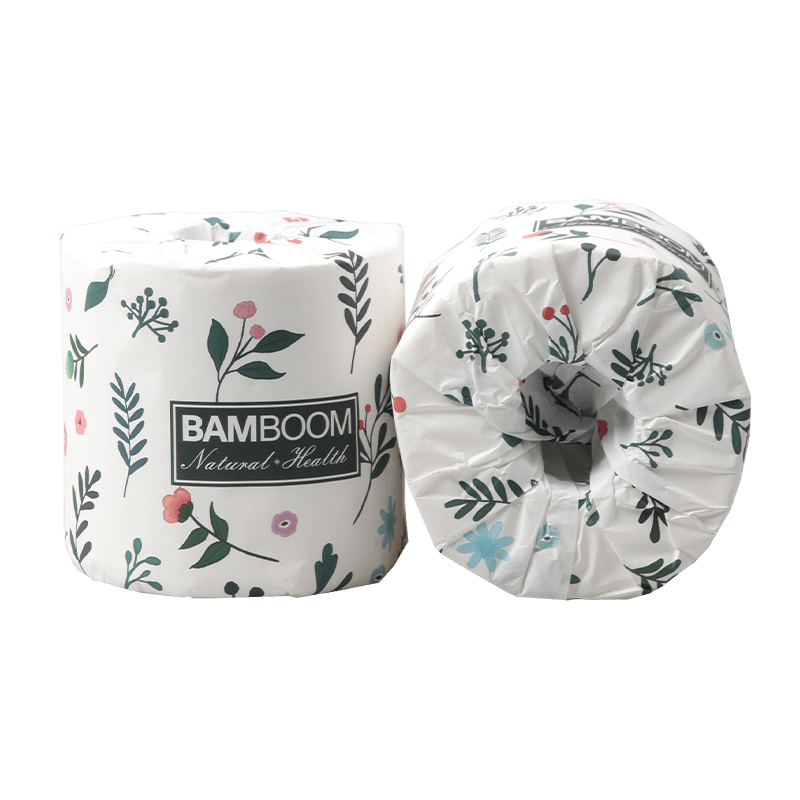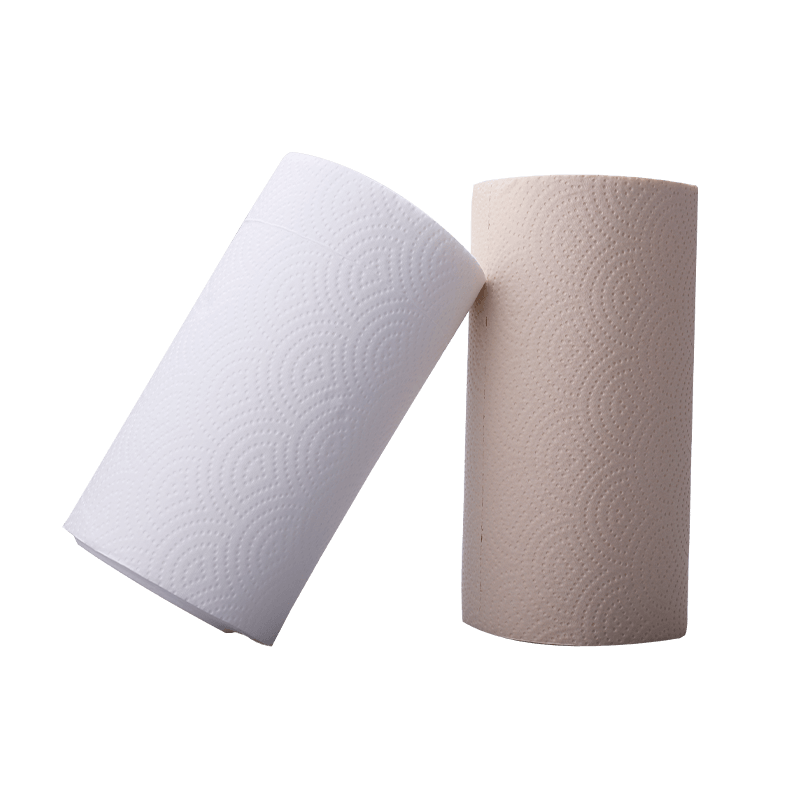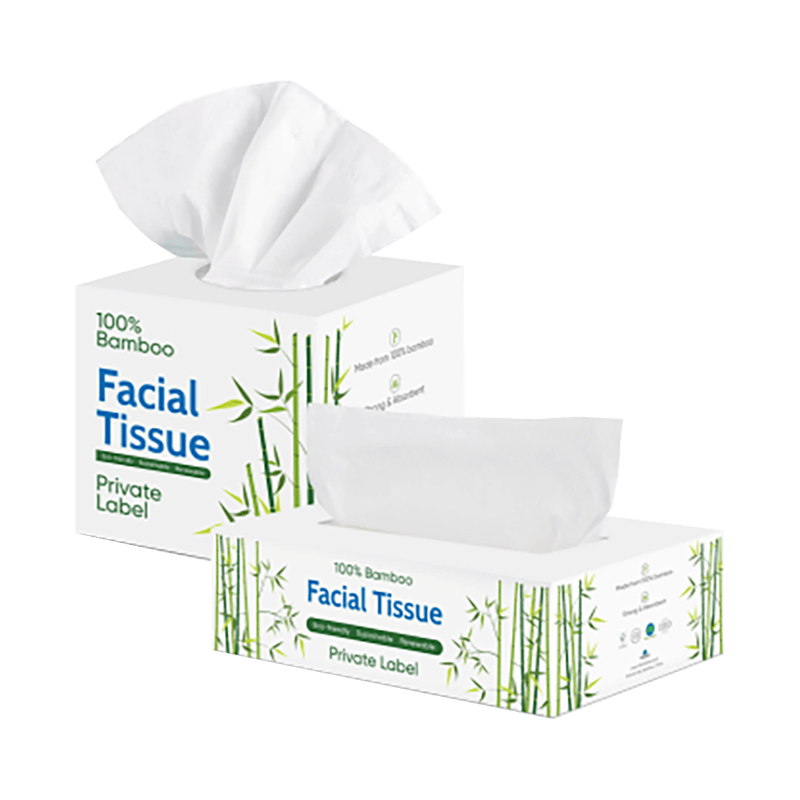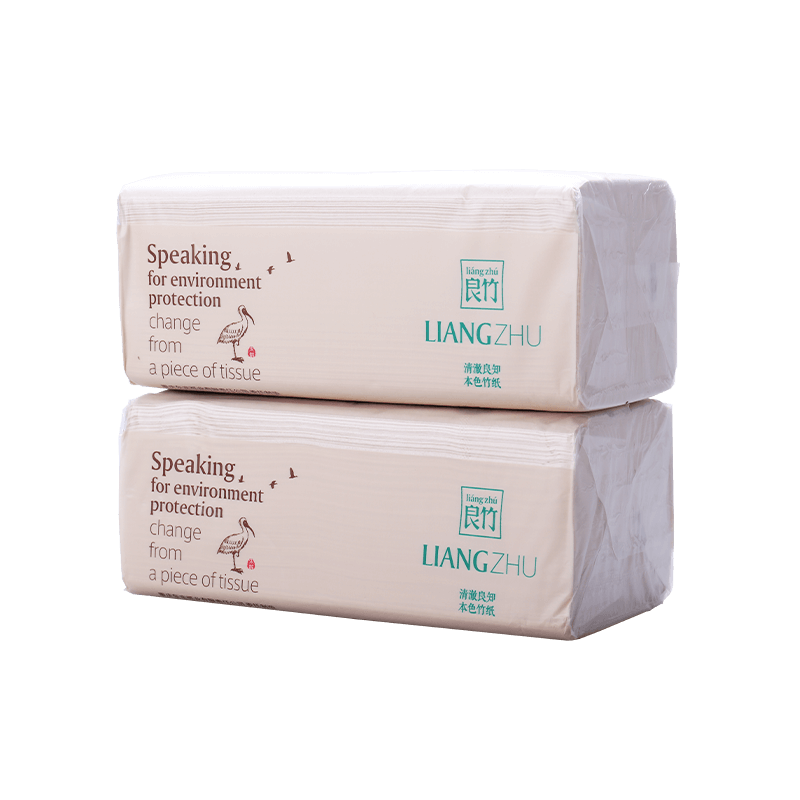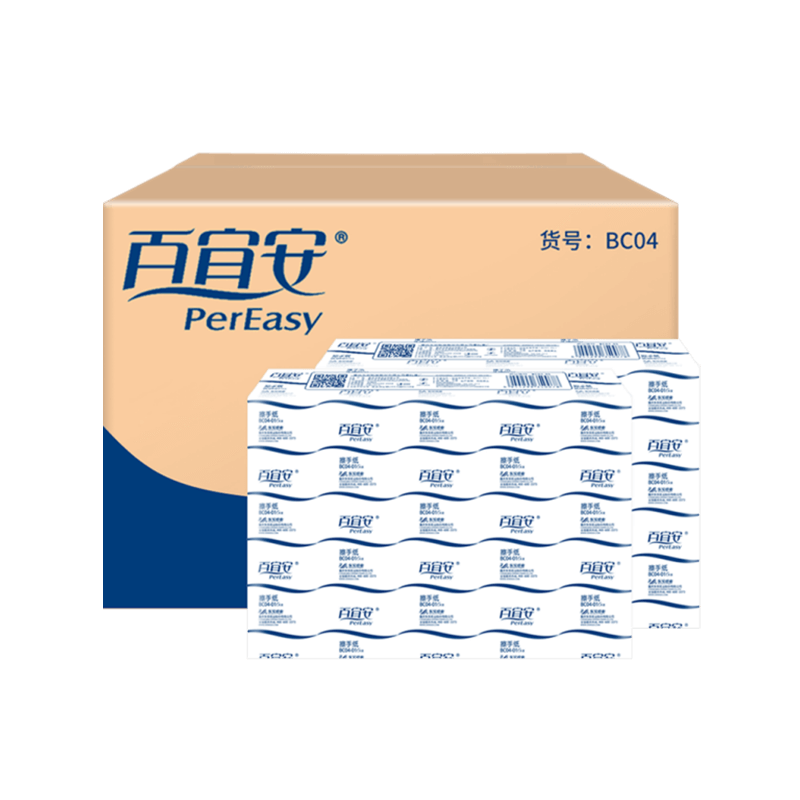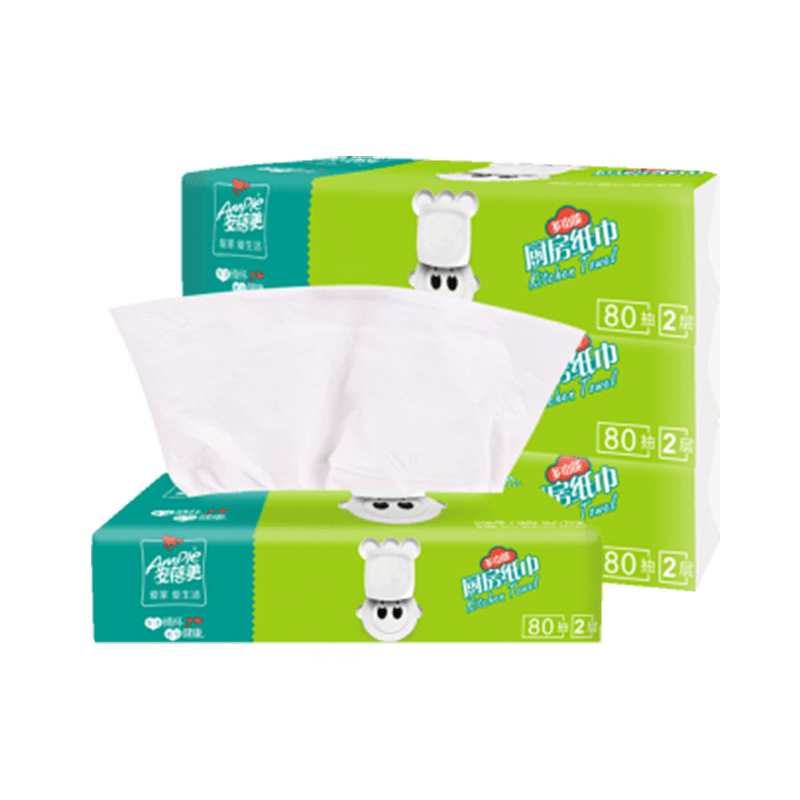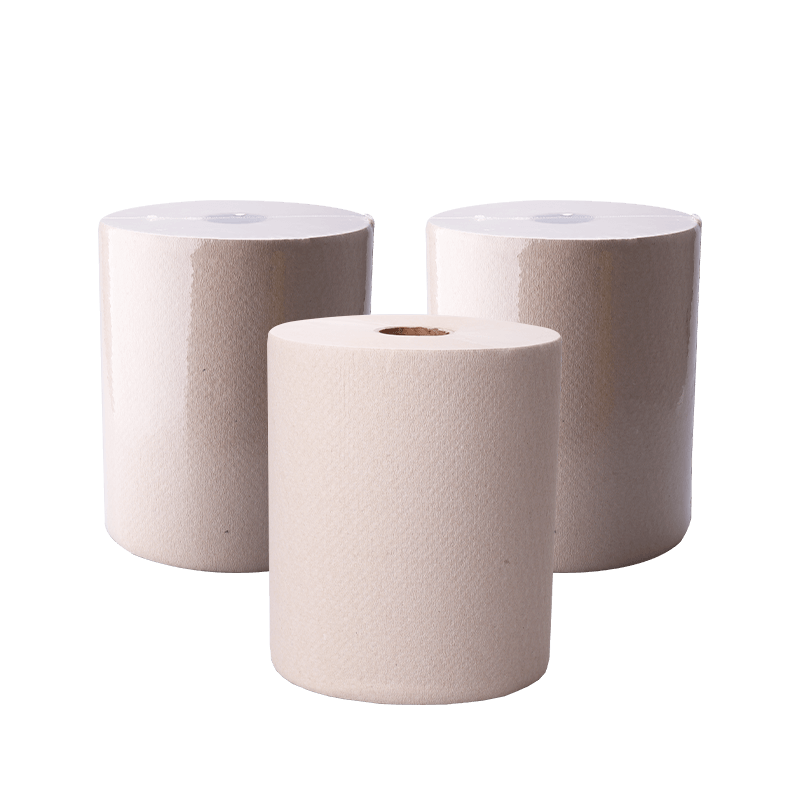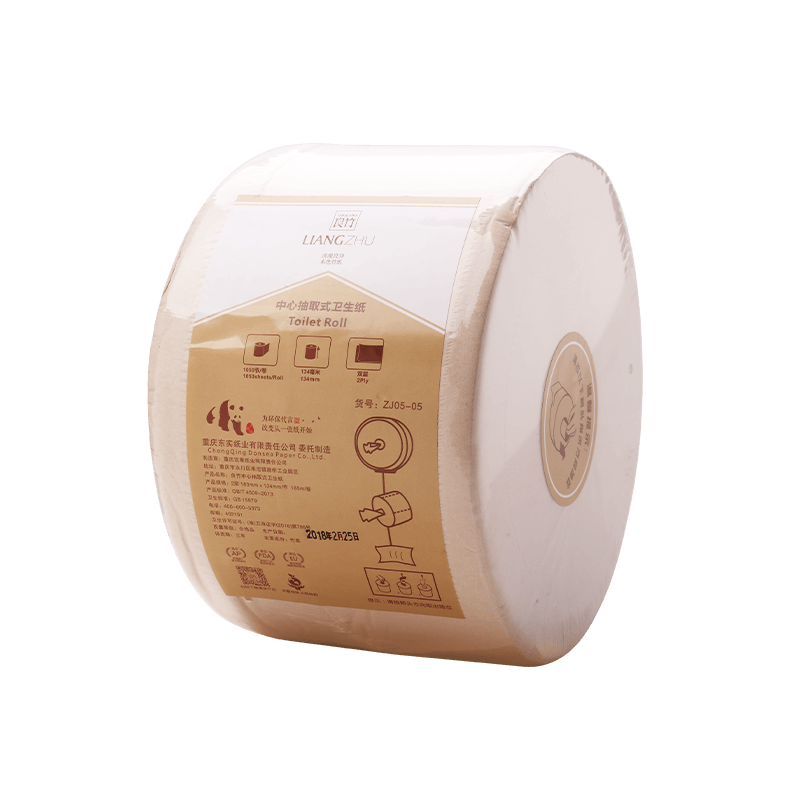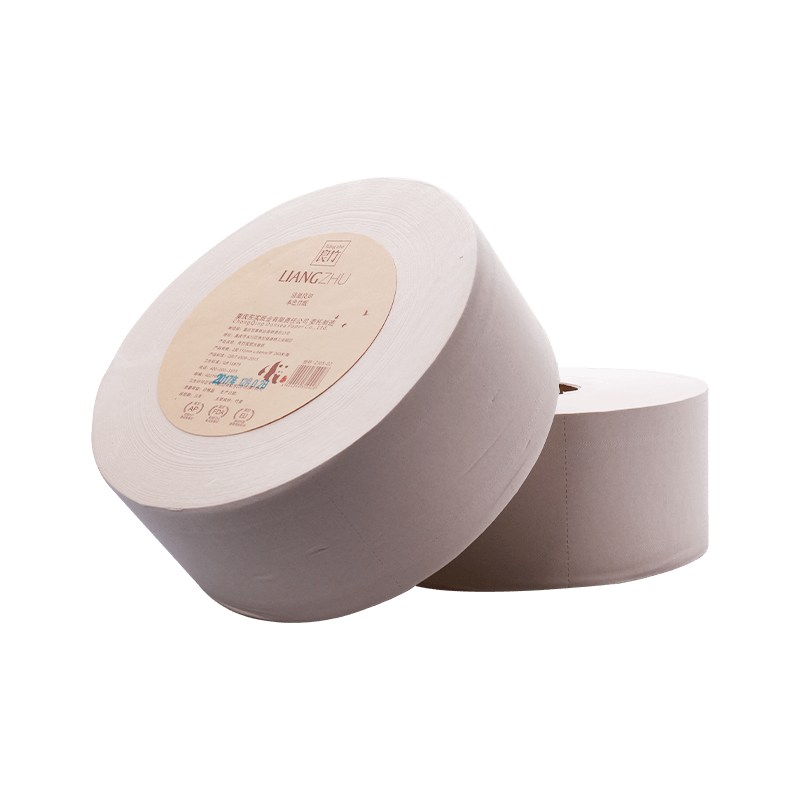Multi-ply Technology in Tissue Paper Production
The everyday utility of tissue paper owes itself to its softness, strength, and absorbent quality. From face tissues to kitchen towels, consumers expect comfort. To meet these demands, manufacturers have integrated multi-ply technology, used for tissue paper production that enhances performance by layering two or more sheets of tissue together. Such innovations in production have become cornerstones in modern tissue paper manufacturing, solving the triad of efficiency, sustainability, and quality.
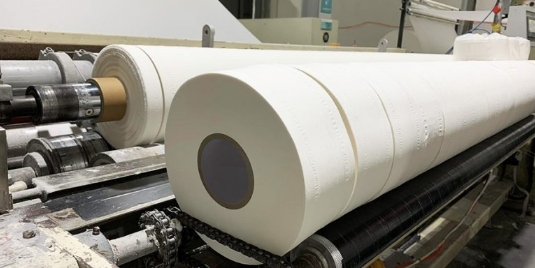
What is Multi-ply Technology in Tissue Paper Production
This technique integrates several sheets of tissue paper. As a result, the final product contains more tissue than was initially produced. Tissue products have different configurations, which could be two-ply, three-ply, or higher, and the application determines the configuration. Each ply is created either independently or brought together by bonding, which is achieved through techniques such as embossing, adhesive lamination, or mechanically interlocking.
This ability of the technique provides a multitude of options for the tissue paper manufacturer to create customized products for the end user, soft facial tissues, absorbent kitchen towels, and strong toilet tissues which resist tearing.
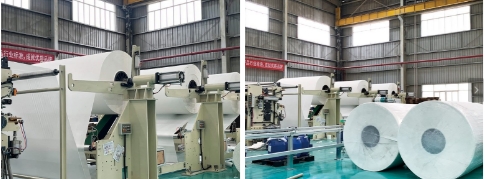
Key Advantages of Multi-ply Technology for Tissue Paper Production
In combining multiple plies of tissue paper into one product, the multi-ply technique not only enhances the performance of the product but also permits an environmentally sustainable and cost-effective manufacturing.
Enhanced Strength
One of the primary advantages of multi-ply technology is the strength boost it gives. The single sheets are typically thin and susceptible to breaking, especially when they are wet. By combining multiple sheets makers can create an item that is more resilient to tear and stress. This is especially beneficial for napkins and kitchen towels which need to be durable for wiping and cleaning.
Superior Absorbency
Absorption is another area where multi-ply products are able to excel. The layers of multiple sheets increase the total area of the fiber network that is available to hold liquids. Embellishing patterns on the plies make small air pockets that further increase the capacity of the tissue to hold and absorb liquids. This makes multi-ply materials particularly useful in situations where rapid and efficient absorption is crucial.
Improved Softness and Comfort
Multi-ply technology allows companies to create tissues that are robust as well as soft. With higher-quality fibers in the outer layers and more durable materials in the middle layers it can give softness while remaining durable. This is especially important for toilet paper, in which skin-friendly and comfort are paramount.
Aesthetic and Functional Design Options
Beyond the strength and absorption Multi-ply technology can also support the development of innovative designs for products. Embellishing techniques that are used to join the plies don’t just improve the performance, but also create decorative patterns. These designs enhance the feel of the material and give napkins a beautiful design, which makes them suitable for both daily use as well as special occasions.
Cost-efficiency in Manufacturing
Multi-ply technology lets manufacturers utilize thinner tissue sheets while still achieving better overall performance. This means that less raw material is needed compared for a single sheet of the same quality. Through optimizing the utilization of fibers and increasing the efficiency of tissue paper manufacturing companies can lower costs while still providing quality products.
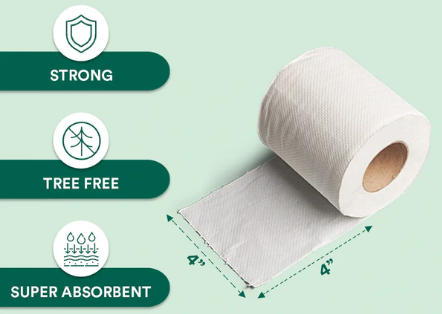
Manufacturing Techniques for Multi-ply Tissue Paper Production
From embossing to advanced bonding methods, each technique plays an unique role in determining the performance and appeal of multi-ply tissue paper products.
1. Embossing and Lamination
Embossing is among the most commonly used techniques for multi-ply production. This involves pressing the patterns into tissues, which not just create attractive designs but also helps to bond the plies. These patterns can create air pockets, which increase the absorbency and bulk. In many cases, the process of lamination is paired with embossing making use of the use of adhesives and mechanical force to keep the layers together. This technique is durable and ensures that the plies aren’t splintered in the course of use.
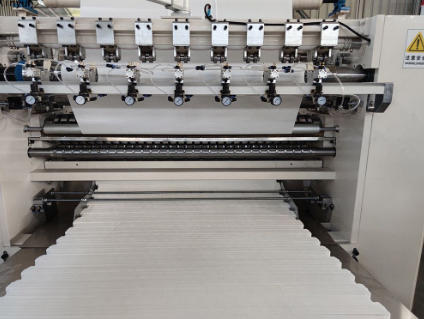
2. Nested Embossing
Nested embossing is a method in which the embossing patterns on different plies are designed to be interlocked with one another. Contrary to traditional embossing, in which patterns are aligned straight away with no nested embossing, nested embossing changes the pattern slightly to make the elevated areas of one ply are incorporated into the recess areas of another. This enhances the strength and softness, without needing additional fibers. This makes it a cost-effective technique that can also increase comfort.
3. Point-to-Point Bonding
Point-to-point bonding is a method of developing tissues by applying adhesives or pressure only at specific locations across the plies. The selective bonding helps to maintain the strength of the area while allowing other areas to remain in a soft, flexible. In the end, the tissues maintain a comfortable feeling, but they can withstand tear while balancing toughness and the comfort.
4. Adhesive-Free Bonding
As a response to concerns about sustainability Many manufacturers are looking into the possibility of using adhesive-free bonding methods. These techniques rely on the an interlocking mechanism between fibers, or embossing pressure instead of chemical adhesives to keep piles of fibers together. Adhesive-free bonds reduce the need in synthetic substances, helps recycle easier and promotes eco-friendly production practices while still delivering solid product performance.
5. Combination Techniques
Modern tissue production typically employs an array of these techniques to get the best results. For instance, a company could employ nested embossing techniques to increase flexibility and bulk, or point-topoint bonding for durability. Through blending techniques, manufacturers can create tissues that are optimized to be used in specific ways, like toilet paper, facial tissues and kitchen towel.

Applications of Multi-ply Tissue Paper
| Application | Key Purpose | Desired Qualities in Multi-ply Tissue |
| Toilet Tissue Paper | Personal hygiene | Softness to feel comfortable Strength to stop tears soft on skin |
| Facial Tissue Paper | Wiping nose, face, or sensitive areas | Extra softness, skin-friendly and absorption |
| Kitchen Paper Towels | Clean up spills and dry surfaces | Wet strength, high absorbency Durability |
| Paper Napkins | Tables are used for meals and other events | Balance of strength and softness Balance of softness and strength, embossing with decorative detail, absorption |
| Industrial Tissue Paper | Clean-up at the workplace is heavy-duty | Sturdy, durable and able to absorb liquids or oils |
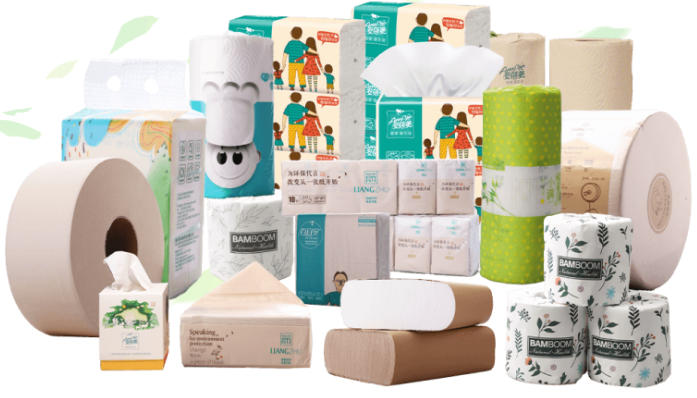
Future Outlook of Multi-ply Technology in Tissue Paper Production
As preferences for consumers evolve and the pressures to sustain increase, the multi-ply technology is likely to further innovation. The future of multi-ply tissue paper production reveals how companies are adapting to new requirements while also embracing opportunities to grow.
1. Growing Demand for Premium and Customized Products
Consumers are looking more and more for tissues that have more than the basic functions. Multi-ply technology will play an key role in creating distinct products that are tailored to different needs for example, ultra-soft facial tissues, absorbent kitchen towels or environmentally friendly toilet tissue. The ability to customize the embossing pattern with unique embossing designs or layer designs will enable companies to be distinctive in the competitive marketplaces.
2. Advancements in Sustainable Production
Sustainability is predicted to stay in the forefront of technological advancement. Multi-ply tissue paper production is expected to concentrate on reducing the use of raw materials by using lightweight ply designs, with the same firmness and suppleness. Utilizing alternative materials like bamboo, bagasse and recycled pulp is expected to increase in tandem with biodegradable adhesives and methods for bonding that are not adhesive-based. These innovations will aid in reducing the environmental footprint of products while also addressing the demands of consumers for more sustainable products.
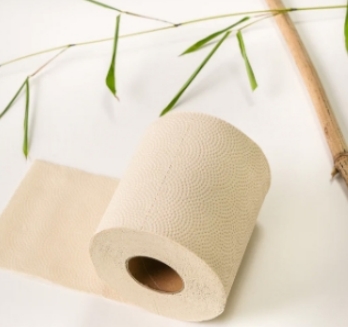
3. Integration of Smart Manufacturing Technologies
Digitalization and automation will change the process of making multi-ply tissue. Advanced sensors and AI-driven quality control as well as data analysis will permit continuous monitoring of ply bonding and embossing quality, as well as the use of raw materials. Smart manufacturing can not only enhance efficiency but also cut down on the amount of waste and ensure consistent quality across production lines of large scale.
4. Innovation in Embossing and Bonding Techniques
The next generation of embossing patterns will concentrate on improving both performance and aesthetics. Intelligent embossing patterns will increase absorption while reducing the need for fiber and balancing efficiency and cost. In addition, advances in bonding processes, like mechanical or laser-based bonding can reduce the need for adhesives, and will improve the recycling capabilities.
5. Market Expansion and Diversification
As the standard of living increases across the globe the demand for top-quality tissue paper products is predicted to increase significantly, particularly within emerging economies. Multi-ply technology can help facilitate diversification of products catering to the needs of households as well as healthcare, hospitality and industries. The ability to modify the structure of a ply to different requirements opens up new possibilities in premium and value-driven products.
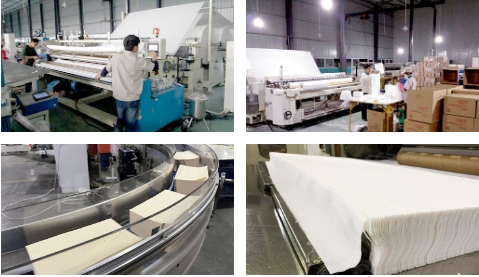
Summary
Multi-ply technology has revolutionized the tissue paper industry, creating products which combine softness, absorbency and strength, while also maximizing the use of resources. As the demands for sustainability and performance continue to increase, advancements in multi-ply processes will be crucial to the advancement of tissue paper products. For personal, household, or industrial applications, multi-ply tissue papers provide the perfect balance between comfort and functionality.

